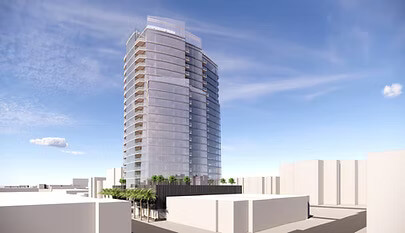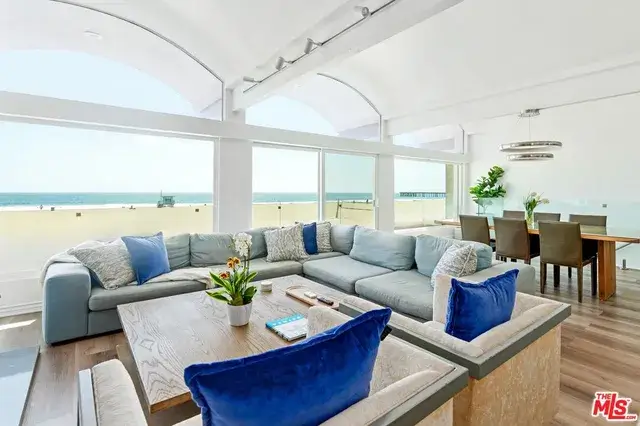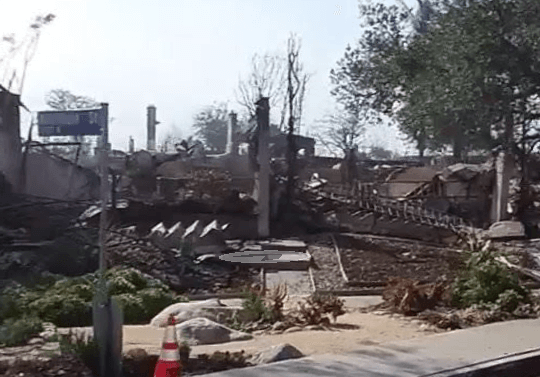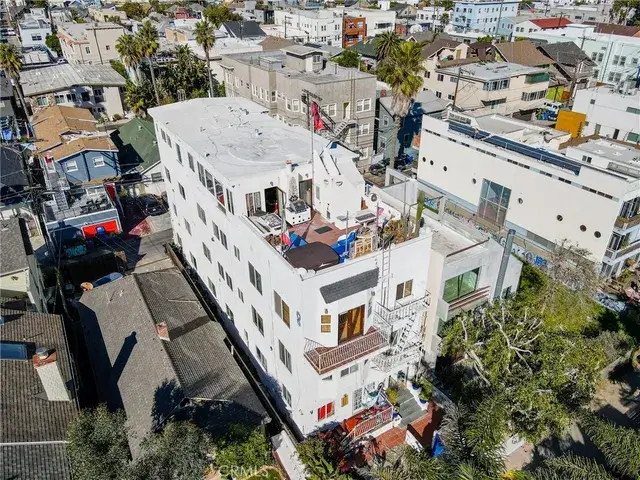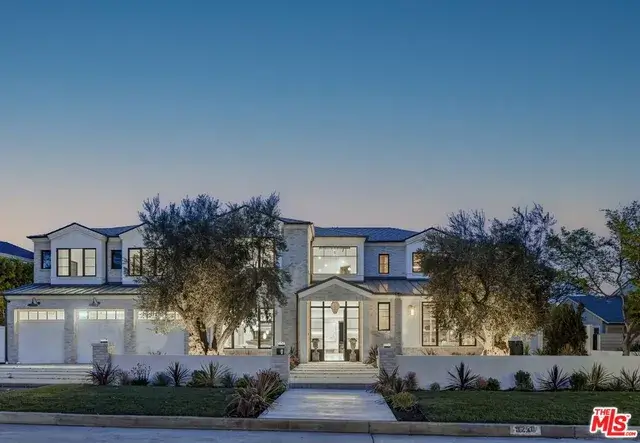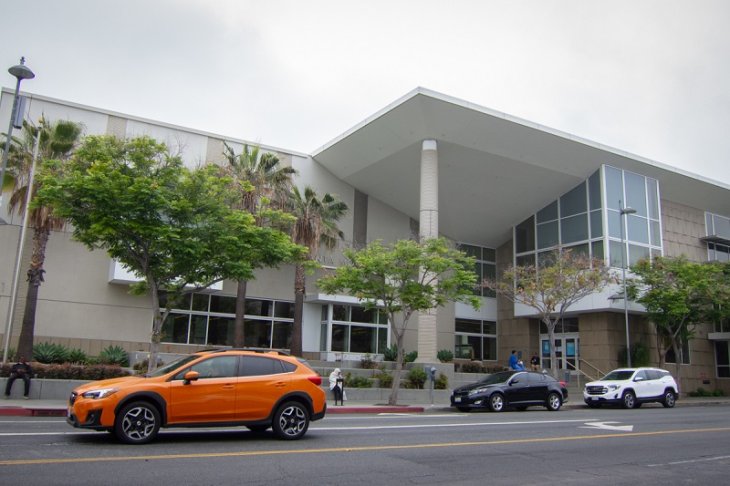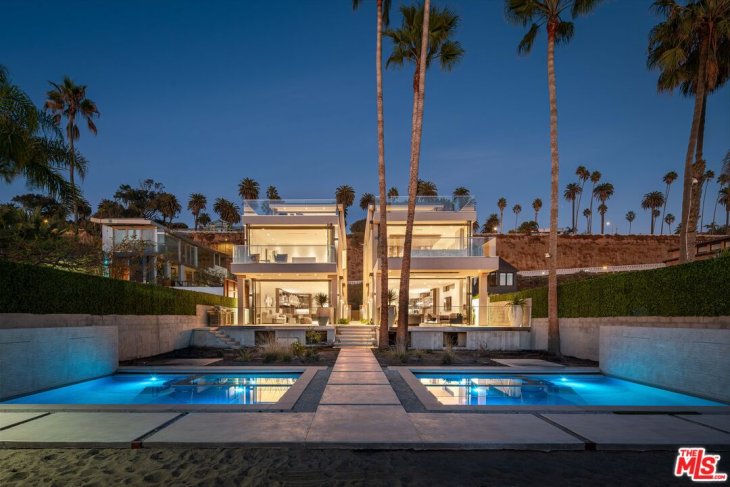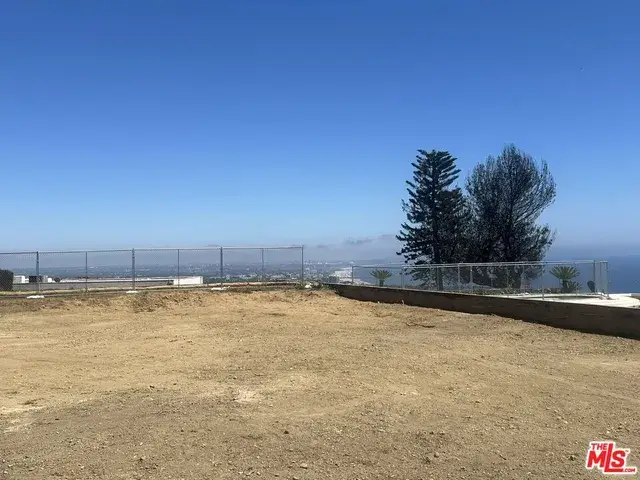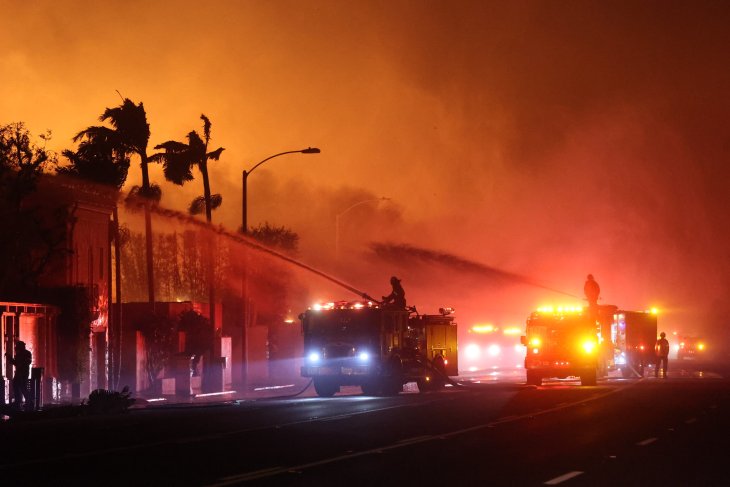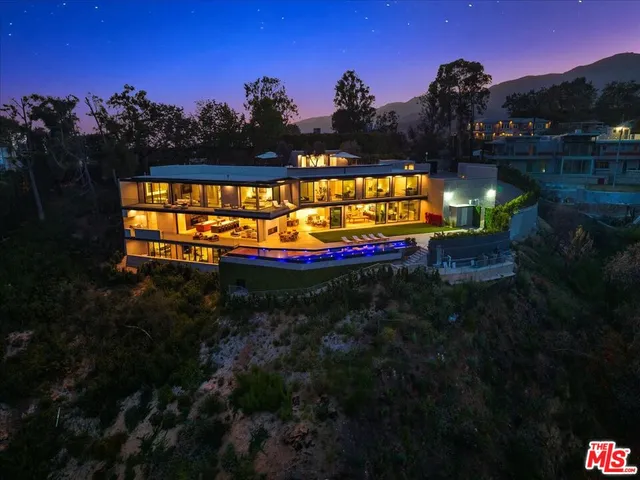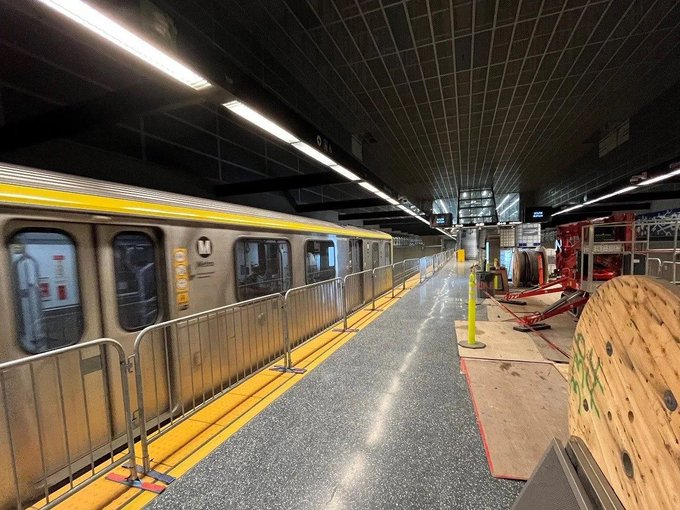By Jeff Hall
On May 4, I wrote an article that appeared in the Brentwood News (and BrentwoodNewsLA.com) entitled, “A 22-Point Plan to Deal with LA’s Homelessness Situation.”
If you didn’t catch it, here’s a link:
It’s a long article that will take you five or ten minutes to read. Here are the highlights:
- We need to build, on a massive scale, tiny homes, tent villages and other very inexpensive structures on the outskirts of town and start moving LA’s homeless population into them, starting voluntarily.
- At these shelters we will provide all the services (food, showers, mental health, medical, dental, job training, etc.) needed to get these folks back on their feet.
- Three key reasons to do this on the outskirts of town: a) the land is much cheaper; b) we want to make it difficult for homeless individuals to have access to drugs and booze (too readily available in our urban areas); and c) a little peace and quiet will contribute to these individuals’ recovery, with the opportunity for mutually supportive community-building.
- Give those in these temporary shelters job training – and jobs to do. That’s how we’ll truly reintegrate them into society. People need a purpose; work provides purpose. Shelters in LA’s urban areas should be reserved for those in good shape, with jobs (or ready to enter the workforce).
- We want to make these villages so positive and attractive that homeless individuals will want to voluntarily check themselves in. Over time, once the first wave is housed, those who don’t check themselves in will be offered housing, and if they don’t take it, a police officer, accompanied by a social worker, will involuntarily check these individuals in.
- For those homeless who are so psychologically damaged they will likely never be able to reintegrate, we need to keep them in a place separate from everyday citizens and keep them as happy and comfortable as possible – indefinitely.
This is a “tough love” approach, to be sure. But I think our current approach actually represents the cruelest policy of all. Many homeless will die as they wait for their $650K condo to get built. And they might never get that turn, because at $650K a pop, there just won’t be that many condos to go around.
Since the 22-point plan got published, I have heard an earful. I’ve received about 100 emails and I understand the article is being shared widely on NextDoor. I estimate 98% of the emails I have received are highly favorable.
Some very smart individuals who have experience working with the homeless – law, mental health, housing construction, government administration, real estate, finance – have offered many excellent ideas that will surely make the initial plan better; instead of a 22-point plan, we might need to make this a 32-point or 42-point plan.
Then again, one individual, a retired educator, wants to take all this and boil it all down into a 10-point plan – much simpler, she said.
While most who contacted me were very favorable toward what I proposed, one writer in particular, in multiple emails, said every aspect of the plan was perfectly repugnant, along the lines of Nazi concentration camps.
Another critic said just about everything I proposed has been proposed by someone else already and that there are other groups out there trying to accomplish similar things.
I surely don’t consider myself an expert in homelessness. I wasn’t aware of all these other plans and groups. And I do understand that much of what I’m proposing is distasteful. I also know what I can see on the streets with my own eyes, and it appears to me very little of whatever is being done is actually working. Things keep getting worse, year after year. We all know that.
So, in the last issue, I just bashed out what I thought were common-sense, cost-effective ideas that could actually work. This isn’t the first time I’ve made a “let’s end homelessness” proposal like this. This recent article was longer, but people definitely read it, I can tell. This article is long, too.
The response to these proposals is always very favorable. As one person put it one time, “This is all great, but it will never happen. It just makes too much common sense.”
It’s easy to be a keyboard warrior, to be sure. Actually solving the problem of homelessness is going to be very hard. I think it can be done, but a problem this huge is going to require a huge solution.
The problem isn’t a shortage of ideas – not at all. As you will see in this article, many ideas have been sent my way in recent weeks. Hang in there for the rest of this article; I predict you will be impressed with what some of your fellow citizens have to say.
What’s missing, I think, is an overarching vision and will power. If we aren’t willing to take difficult measures, the problem of homelessness will never go away.
Let me tell you what I’ve been hearing.
One person I’m in touch with, Soledad Ursua, a member of the Venice Neighborhood Council, said the reason the politicians push for the big-dollar projects (instead of tiny homes, tent village and other inexpensive shelter) is because there is so much money to be made by those who finance and build the buildings – and provide the consulting services that make these projects even more expensive.
Those who benefit from this system, in turn, make campaign contributions to the politicians who approve the projects. Soledad calls this the “homeless-industrial complex.” Campaign finance reform is a critically important part of the solution, she said.
So yes, absolutely, campaign finance reform will get added to the plan. Now we’re up to 23 points.
A couple from Venice contacted me and told me how they have been successfully providing low-cost rental housing to the homeless for years. They have come up with a business model they say can be scaled up quickly, all across the city, using existing structures. They tried to pitch their plan to the city but got no response, I was told.
Are there existing structures out there? One writer said there are actually quite a few city properties that currently go unused. He also said we can all go to Apartments.com and see there are 33,000 apartments available for rent across the LA region. I just looked. That’s what the site shows: 33,000 units are available right now.
Why build expensive housing, this writer asked, when we could pay a homeless person’s rent for a fraction of the cost (and move them into housing immediately)?
Many writers agreed with my assertion that tiny homes are the way to go – we’d get much more bang for the buck.
I’m now in touch with SafeHuts (see SafeHuts.com), which can build prefab tiny homes for $10K per unit (with a big enough order). These huts are made out of fiberglass, will last 15-20 years and can be washed out and reused over and over again. They are fire-proof and each one can be assembled by two workers in two hours.
Shelter Palettes (see ShelterPalettes.com) makes tiny homes, made out of wood. These shelters are even less expensive – as low as $4,900 per unit. These pre-fab shelters can be snapped together in 90 minutes and are used by a program run by Hope of Valley. There are now four Hope of the Valley villages throughout the San Fernando Valley; one that just opened has 103 beds.
Ken Craft of Hope of the Valley says his team can now assemble a village with 100 beds (some units are singles, some are doubles) and get all the infrastructure (central bathrooms, water, electricity, etc.) built in 90 days. The land was donated, according to Craft, but with infrastructure and utilities, the cost is $12K per bed, “all in.” Hope of the Valley is funded by the city, by the way.
A lucky few – maybe 5,000? – will benefit from the expensive, permanent housing units. What do we say to the other 60,000+ homeless in the LA region who didn’t get one because the money ran out? Wouldn’t it be a lot more equitable to get every homeless person into far less expensive shelter – and sooner, rather than later?
One person who reached out to me said it’s best to keep people from becoming homeless in the first place – but second best thing is to get people off the streets as quickly as possible. The longer people stay on the streets, the longer and harder it is to get them rehabilitated, this individual explained. This is another argument for quickly built, inexpensive shelter.
Another reason to stick with low-cost housing is this notion that many homeless will reject housing, no matter how fancy. This is happening in Venice already, I’m told.
Many who were given spots in a big new bridge shelter now enjoy what is being called “dual citizenship”: These individuals continue to live out on the streets, in tents, among their friends – but they also have a place to go for a shower and a meal.
So this big project didn’t do much to reduce sidewalk encampments, I was told. If anything, things are worse.
Another writer said the City of Los Angeles bought up a bunch of land in Palmdale years ago for the purpose of building an airport, but the airport never got built.
This writer said the land is paid for – and there is more than enough space to house all of the region’s homeless population. That would certainly make it easier to centralize services, reducing costs.
Another writer proposed using decommissioned military bases in the region. Yet another writer told me about 3-D printed tiny homes being built in Austin, Texas.
I’ve been contacted by a faith-based group in Oakland that’s about to build a tiny home village in the parking lot of a church. Many churches have seen a decline in attendance over the years, I was told. They don’t need their entire parking lots anymore.
I think faith-based groups represent a potential standing army, just waiting for the order to “march.” What if each church, synagogue, temple and mosque adopted a tiny home village and helped provide shelter, food and services? Maybe, by giving these communities of faith a leading role in this humanitarian mission, attendance would start to rise again.
High schoolers and college students could pitch in. We’re all in this together. This is our collective community service project.
One writer said building most of this shelter outside our urban core makes sense, because the land is cheaper and it’s important to put distance between the homeless and drugs, but if we go this route, this writer said, we need to build transportation into the equation.
What a person really needs in order to reintegrate into society, this writer continued, is a job. So if we house the homeless on the outskirts of town, they need to be able to get to the jobs (or we need to bring jobs to them).
A mental healthcare professional (an M.D., now retired, who ran a major mental healthcare program for the county) said we’re trying to solve a drug addiction and mental healthcare crisis with housing.
He said we, as a society, have no idea how bad the mental healthcare problem really is and that way too little attention is being paid to this piece of the puzzle. I believe him.
Two or three writers said it’s time to open up some new form of mental institutions, replacing the ones that closed years ago. Maybe our tiny home villages will have to do for now.
Four or five writers said they thought it was a really bad idea to park the homeless on the beach or in parking lots or public parks close to the beach.
Municipalities all across the country, these writers suggested, would give members of their homeless populations a wad of cash and a one-way bus ticket to LA, telling all takers that a spot on a warm sunny beach in LA awaits them – with three meals a day thrown in.
If you live under a bridge in Chicago and someone makes you this offer in January, how could you say “no”? Suddenly homeless from across the country would become our homeless. Are these other cities and states going to pay us to absorb their homeless? Somehow, I doubt it.
And do we really want the homeless to occupy our beaches when so many of us – and our tourist friends – want to visit our beaches and enjoy themselves while here? Tourism is important to the Los Angeles economy. Low-income, working people from across the LA region come to our beaches on weekends. We all like to go to the beach now and then.
It’s hard to imagine interactions between homeless individuals and beachgoers won’t pose problems. If you doubt this, just ask the residents of Venice Beach. They feel like they are now living in a war zone.
It’s not even an out-of-state issue, another wrote. Homeless individuals from all across LA might decide they’d prefer a place at the beach (as opposed to living beneath a freeway in Eagle Rock, Downtown or Pacoima).
The homeless population on the Westside could explode as a result, this writer warned.
A homeless program leader from the Palisades told me many in the Palisades have spent years working in a very humane way with homeless individuals who wound up on the beaches. The homeless population in the Palisades is way down as a result, she said. Now people in the Palisades fear all this progress is about to be undone, she added.
And if we move homeless people to our beaches and parks, what comes next? How long will it take before these people get more permanent shelter elsewhere? Does anyone have real confidence this is a temporary solution?
And if these homeless are moved from Venice or elsewhere, what’s to stop other homeless from taking up the newly available spots on the sidewalks?
This is all very complicated, to be sure. I do think we can figure this out if we set our minds to it. Let’s stick with this subject for a while. Let’s figure this out together.
As part of this self-education process, I did three podcasts on the topic of homelessness in recent weeks. If you listen to podcasts, I invite you to go to TheLatestPodcast.com (https://thelatestpodcast.com/):
- Podcast No. 52 is with Andy Bales, head of the Union Rescue Mission at Skid Row. It’s painful to listen to this one; the conditions Andy describes are just so perfectly wretched.
- Podcast No. 53 is with Ken Craft, CEO of Hope of the Valley (see HopeOfTheValley.org). Hope of the Valley, based out of Pacoima, is now erecting tiny home villages at a cost of just $12K per unit, “all in.”
- Podcast No. 54 is with Soledad Ursua, a member of the Venice Neighborhood Council. Soledad goes into some detail about how bad things have become in Venice – she calls it “Skid Row West.” Soledad also discusses the politics of homelessness. “Follow the money,” she said.
By now you might be thinking I’ve become like that cranky old newscaster in the 1976 movie, “Network.” If you can remember that far back, newscaster Howard Beale urged his viewers to stick their heads out the window and start yelling, “I’m as mad as hell, and I’m not going take this anymore!”
If you’ve never seen the movie, here is the key video clip (definitely worth a watch). And even if you did see the movie, it’s worth watching this eerily prescient segment again:
Anger gets things started, but I think we’re beyond that now. What needs to follow next is a widespread consensus on a logical, workable, practical plan – and a group of committed citizens willing to take this on.
Such a plan should be actionable, compassionate, cost-effective – and supported by a clear majority of citizens. This plan should serve as many homeless individuals as possible, not just a lucky few.
If you’d like to take part in this common-sense conversation that will focus on solutions, please send me an email: jeffhall@mirrormediagroupla.com.
Let’s finalize this plan by summer’s end and see where we go from there.


